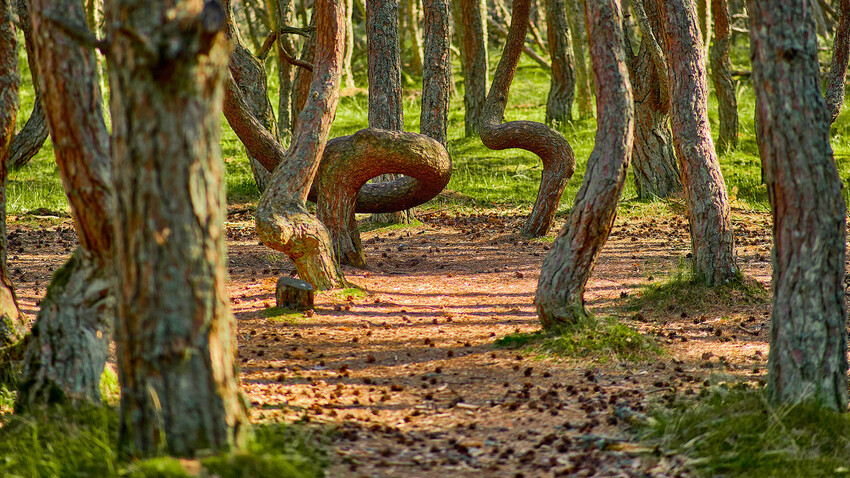
A small patch of forest just 800 sq. meters in size, contains beautiful trees with an interesting feature: their trunks are all curved into oval, spiral and sickle-like shapes. And the closer they are to the center of the area, the more curved their shape.
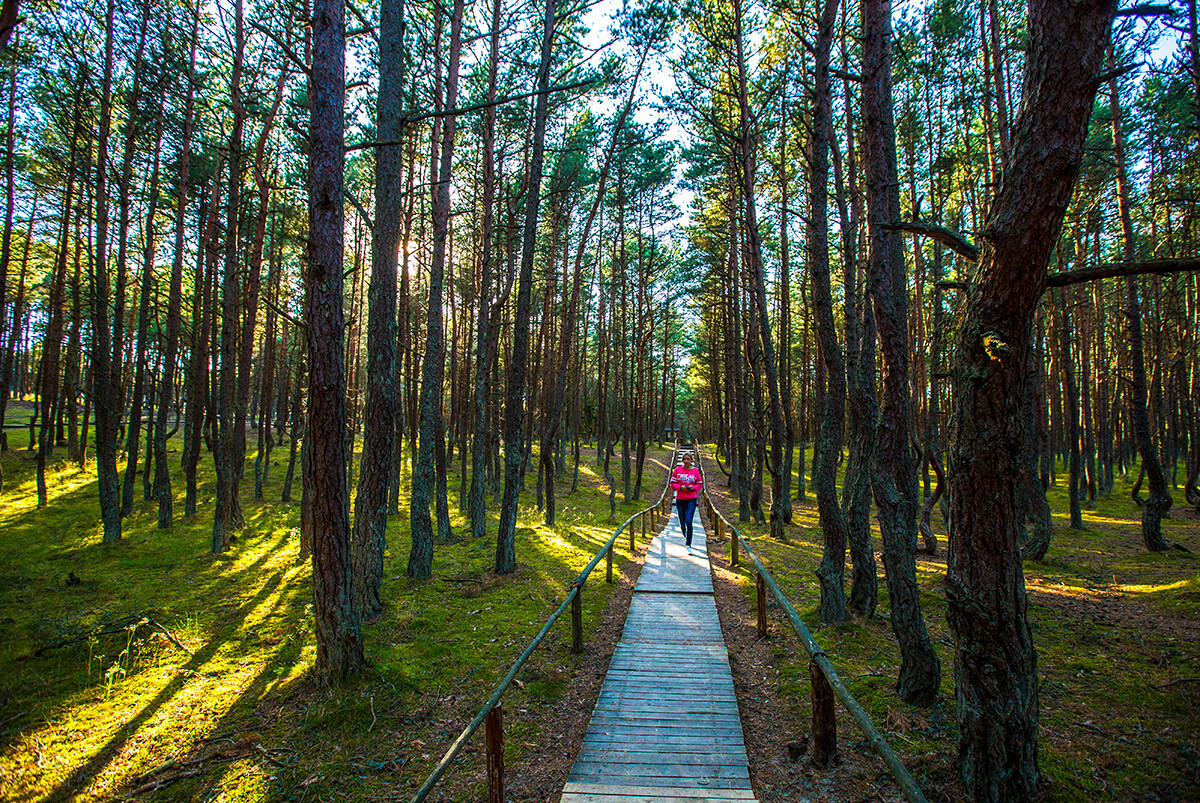
“The first couple hundred meters, everything seems perfectly ordinary… then, little by little, strange trees appear, increasing in frequency. Some force is making them this way. And the deeper we go into the forest, the more pronounced the feature,” says Viktor, who traveled 10,000 kilometers to see the miracle for himself.
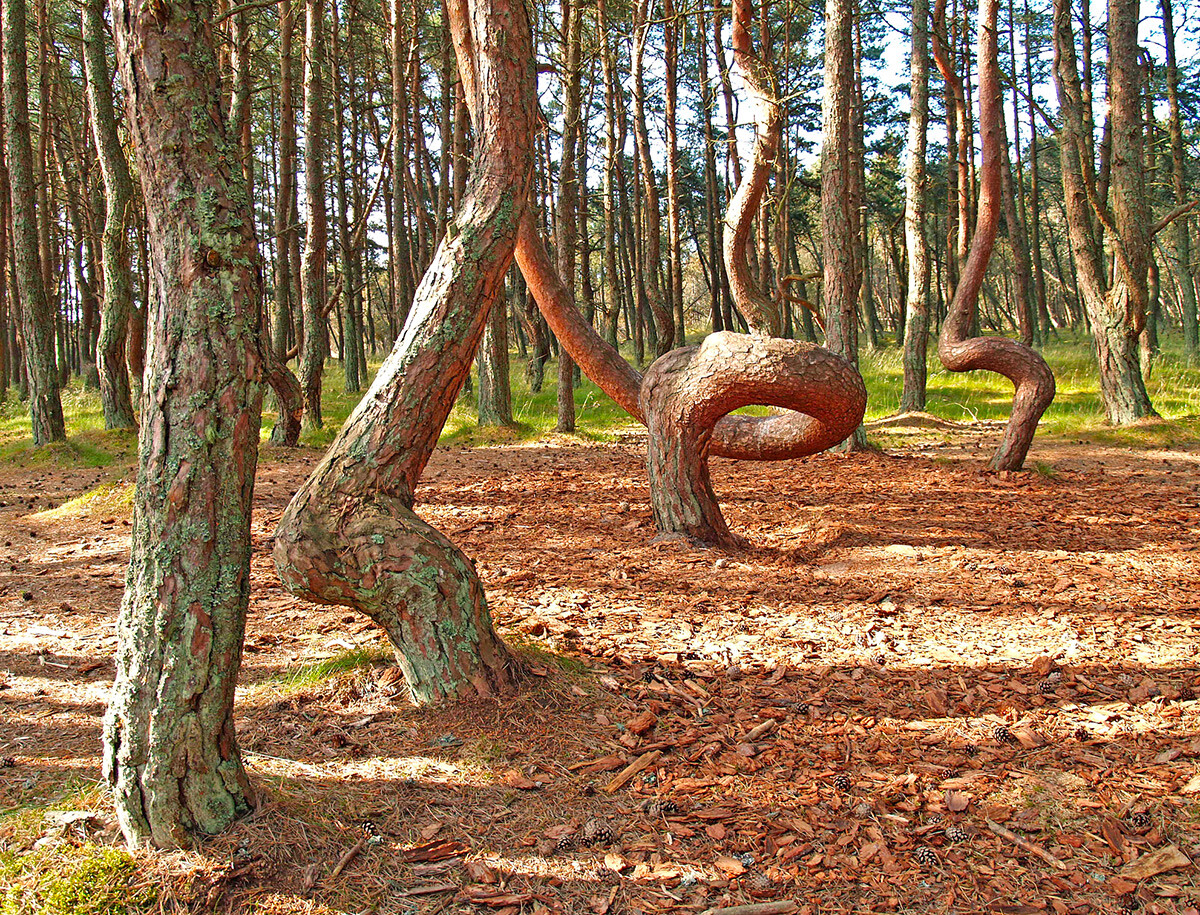
The above is why the forest was nicknamed ‘The Dancing Forest’. It’s situated 37 kilometers from Curonian Spit - a national park in Kaliningrad Region, a mere 14 kilometers from Lithuania. Thousands flock there every year.
In reality, the forest is actually quite young. Only pine trees grow there, planted in the 19-20th centuries. The trees were intended to fortify the ‘Kruglaya’ dunes, which were displaced due to winds.
The park itself was placed on the UNESCO list. On one side, the thin strip of land is washed by the Baltic, on the other - the Curonian Spit. Due to wind-based erosion, its width reaches 400 meters in some places.
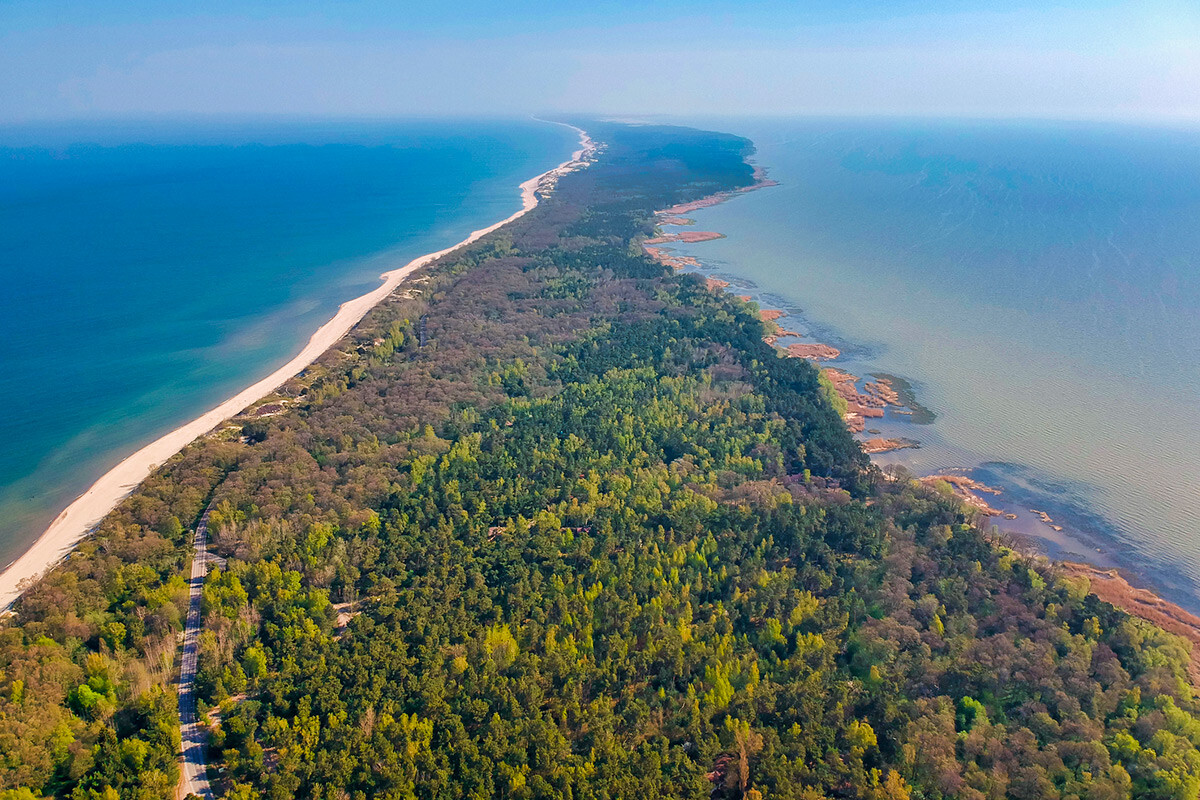
In order to hold the nomadic sands in place and prevent soil erosion, the “dancing” forest was planted there. However, what wasn’t planned was the trees growing crooked for no apparent reason. And there’s still no scientific consensus on what made them do that.
A number of scientists have tied the anomaly to Rhyacionia buoliana caterpillar activity. The creatures feed on pine shoots, eating more of the top reins and less of the side ones. As a result, the tree ends up growing sideways.
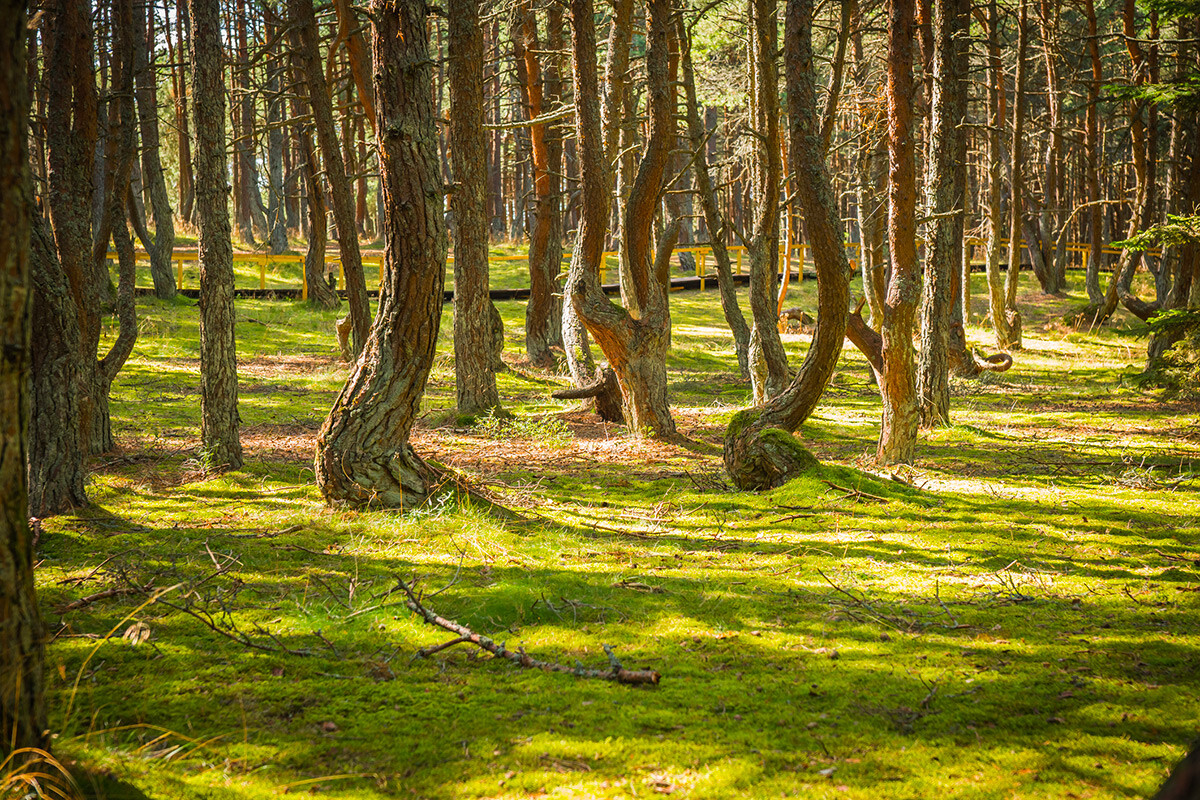
These caterpillars primarily feed on pines younger than 10 years old. The most optimal feeding conditions for the pest are provided by pines that grow in soil with insubstantial ground water, and lacking nutrition - such as that present in the Curonian Spit.

However, the theory with the caterpillars has faced skepticism, mainly because the trees are deformed only in a particular and very narrow zone inside the area.
The following theory is shared by the Kant Baltic Federal University located nearby. “The dunes were being fortified in the 19-20th centuries. The natural forest that used to grow there before was, by then, cut down. So, the inhabitants began to plant new trees there - mainly the modest pines,” former Dean of the faculty of biology Viktor Dedkov says. “They used the matrix method: small areas were used as barriers, a cane would be inserted, then seeds. If you look closely, one can see that the pines are growing at equal distances to each other.”
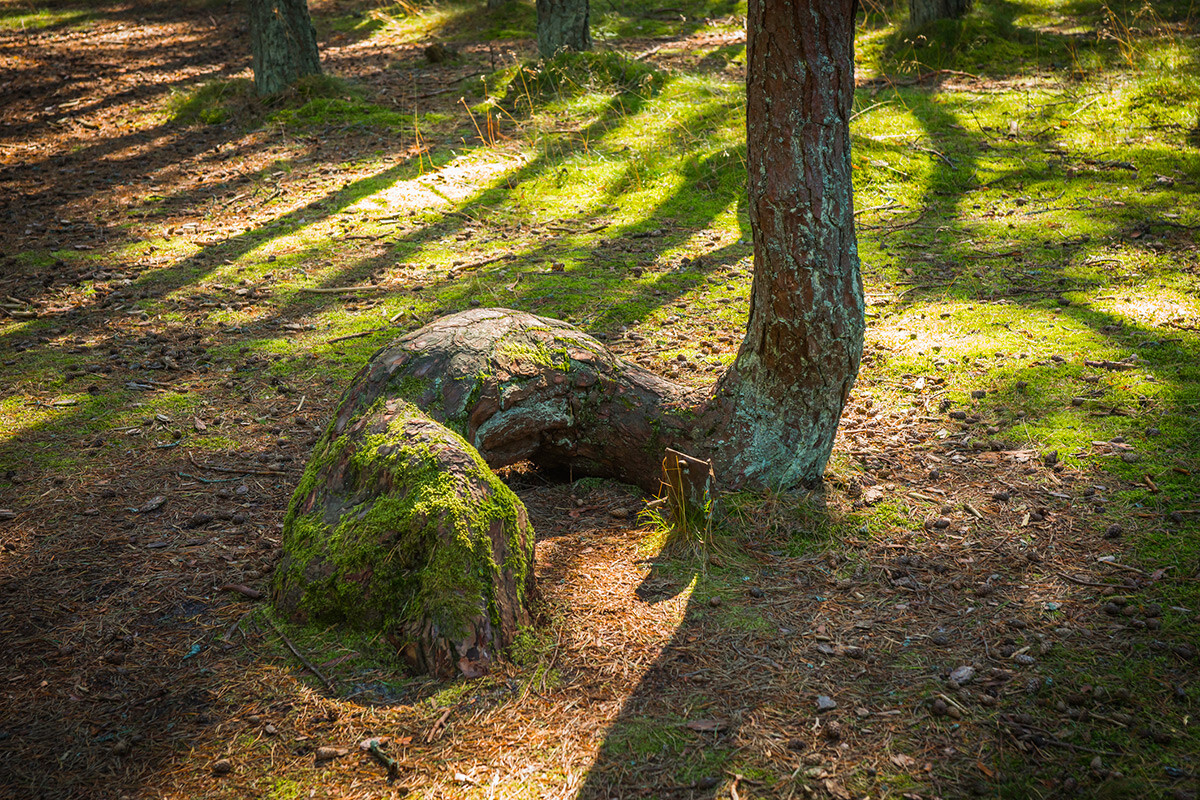
But, there were winds and the young trees were covered in sand. When the wind blew in the opposite direction, the pine followed suit. The trunk would then petrify under the sand. “In time, the dunes grew lower. Perhaps, you noticed how all the crookedness takes place 1,5-2 meters from the ground. This is because, further on, the tree was no longer covered by sand and could grow freely,” Dedkov says.

As to the question of why only some pines grew crooked, Dedkov says: “The thing is that the ‘dancing’ forest really is just ordinary pines. Right by it is already the mountain pine, brought in from southern Europe. Perhaps, at first, they planted the simple kind, but this was ineffective. So they began importing the mountain variety from the Carpatians, Alps and Pyrenees, seeing as they adjusted better to local conditions.”
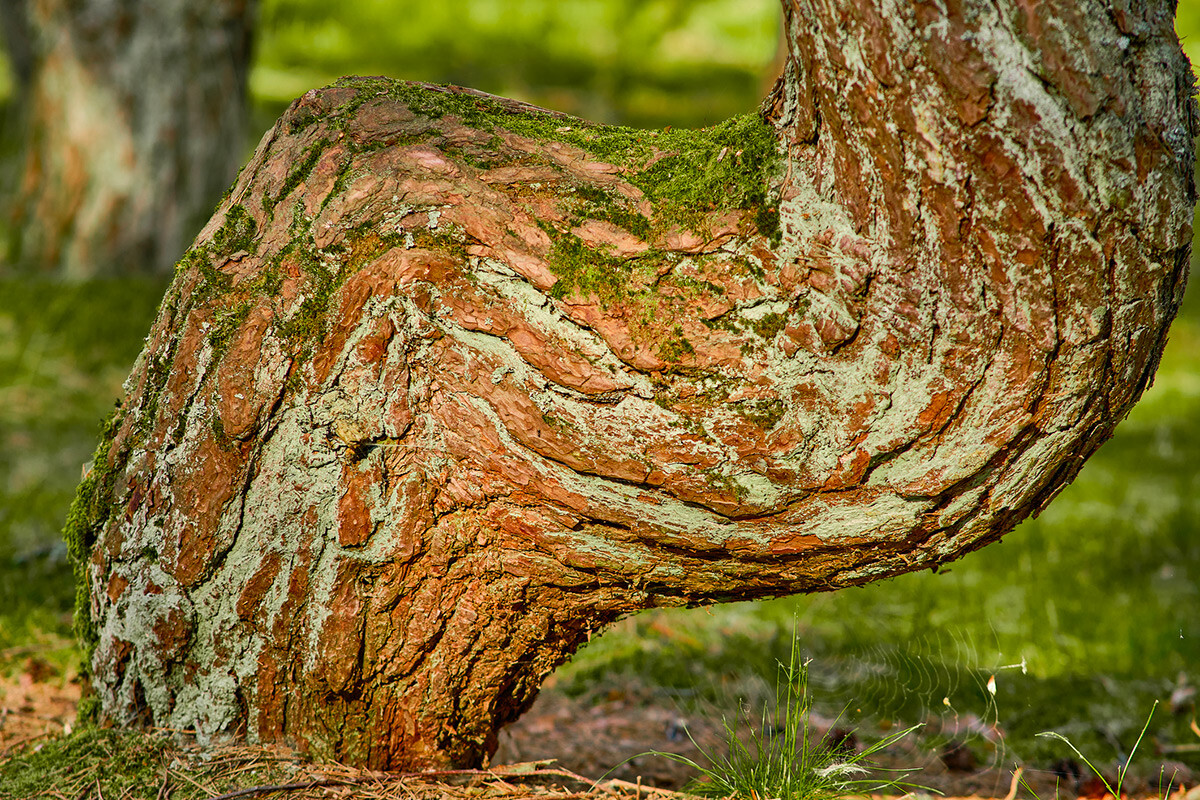
This version has more supporters than others, and is even mentioned on the official information stand at the entrance to the ‘dancing’ forest: “Another opinion is that the location itself has particular energies, leading to dramatic changes in the direction of the trees’ growth.” The phrase “particular energies” could mean different things. Some say it refers to geomagnetic fields. Others - that the wooded area was a place of pagan worship and home to portals to other dimensions.
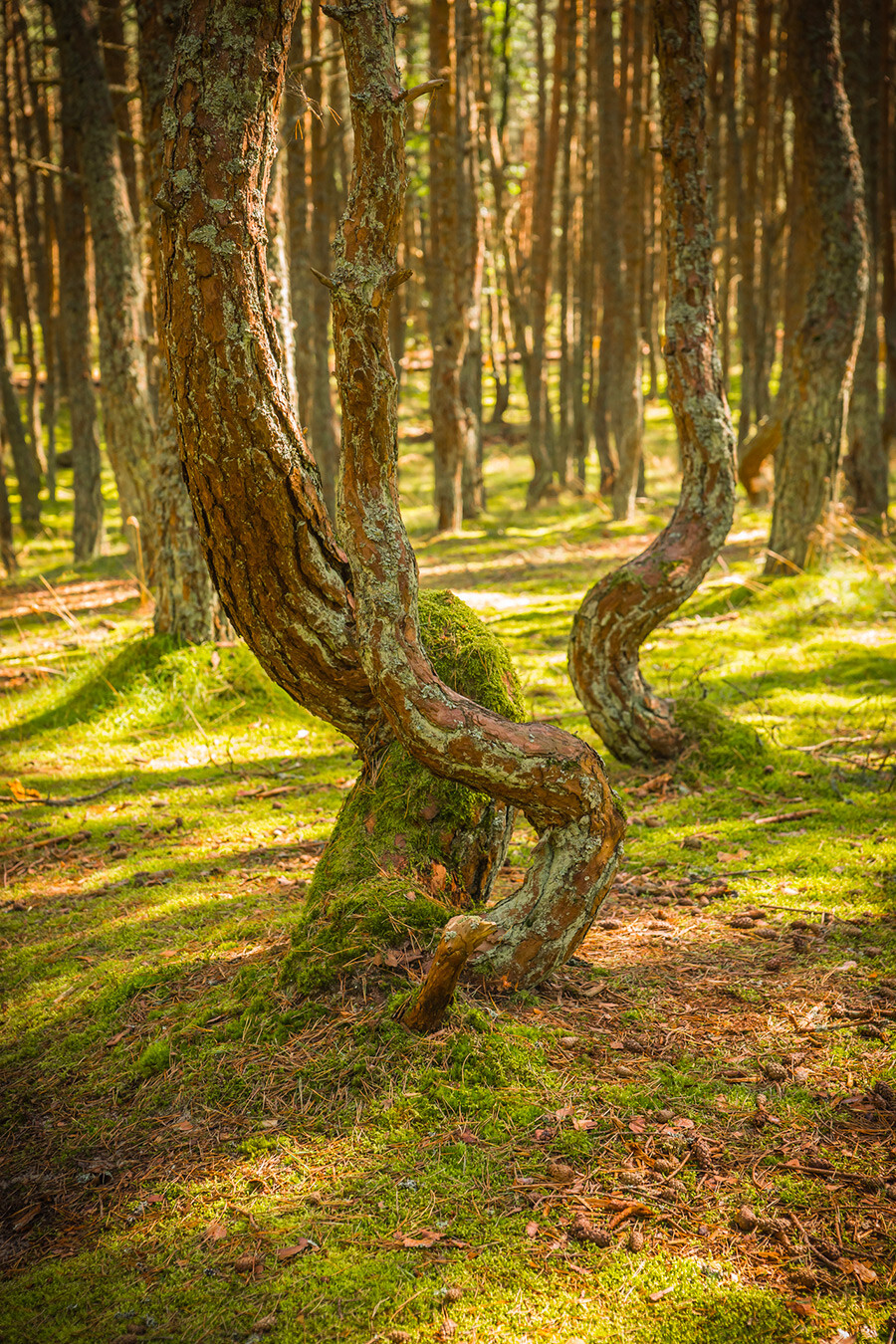
The fascination with mysticism is also spurred by personal experiences from tourists: “Psychics, having picked up on a strong energetic field, refuse to go further… Only regular visitors go to the ‘epicenter’. Some get massive headaches and a feeling of tiredness; others, meanwhile, seem to get a jolt of energy for the entire day,” Viktor says.
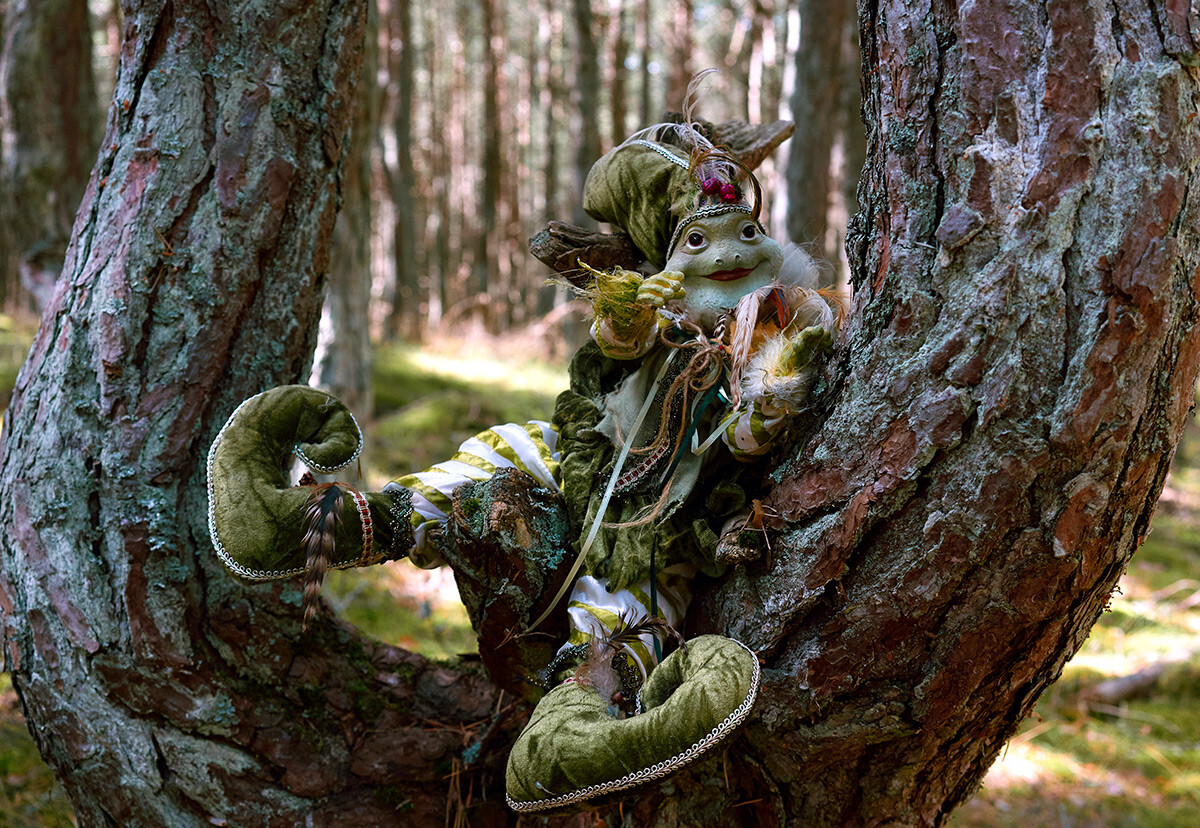
But the mystery of the twisted trees isn’t the only thing that attracts visitors to the place. “It’s a very intriguing place. Tour guides see it as something mystical. I don’t know about [magic], but the air is very humid and it smells of pine,” Anastasia from Moscow writes. Darya, from St. Petersburg, agrees: “We went early in the morning, the atmosphere is incredible and so is the air! The unusual trees, the calm… You walk around and enjoy yourself. If you go deep into the woods, you reach the spit, where a marvelous view on the bay opens up.”
If using any of Russia Beyond's content, partly or in full, always provide an active hyperlink to the original material.
Subscribe
to our newsletter!
Get the week's best stories straight to your inbox